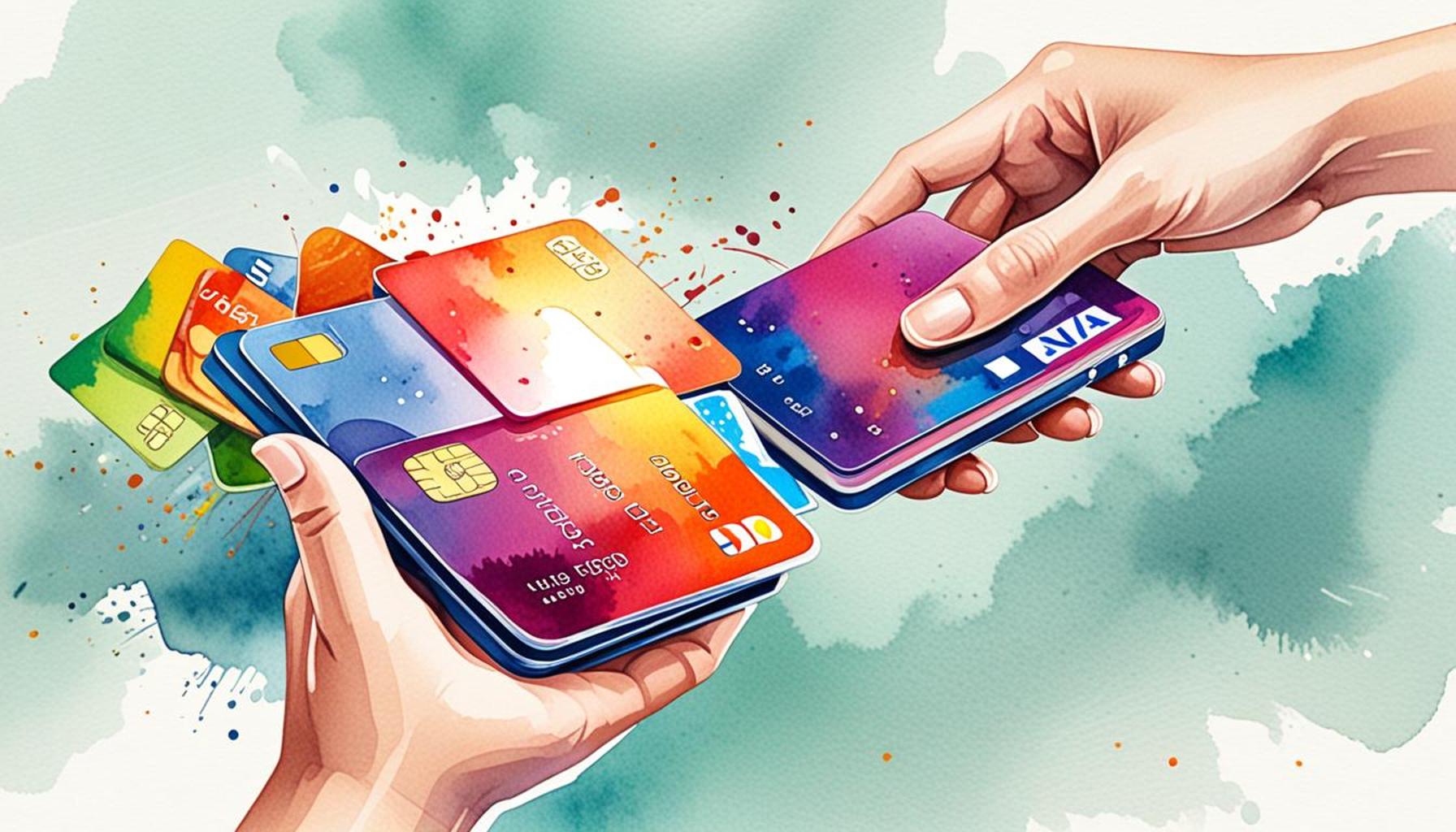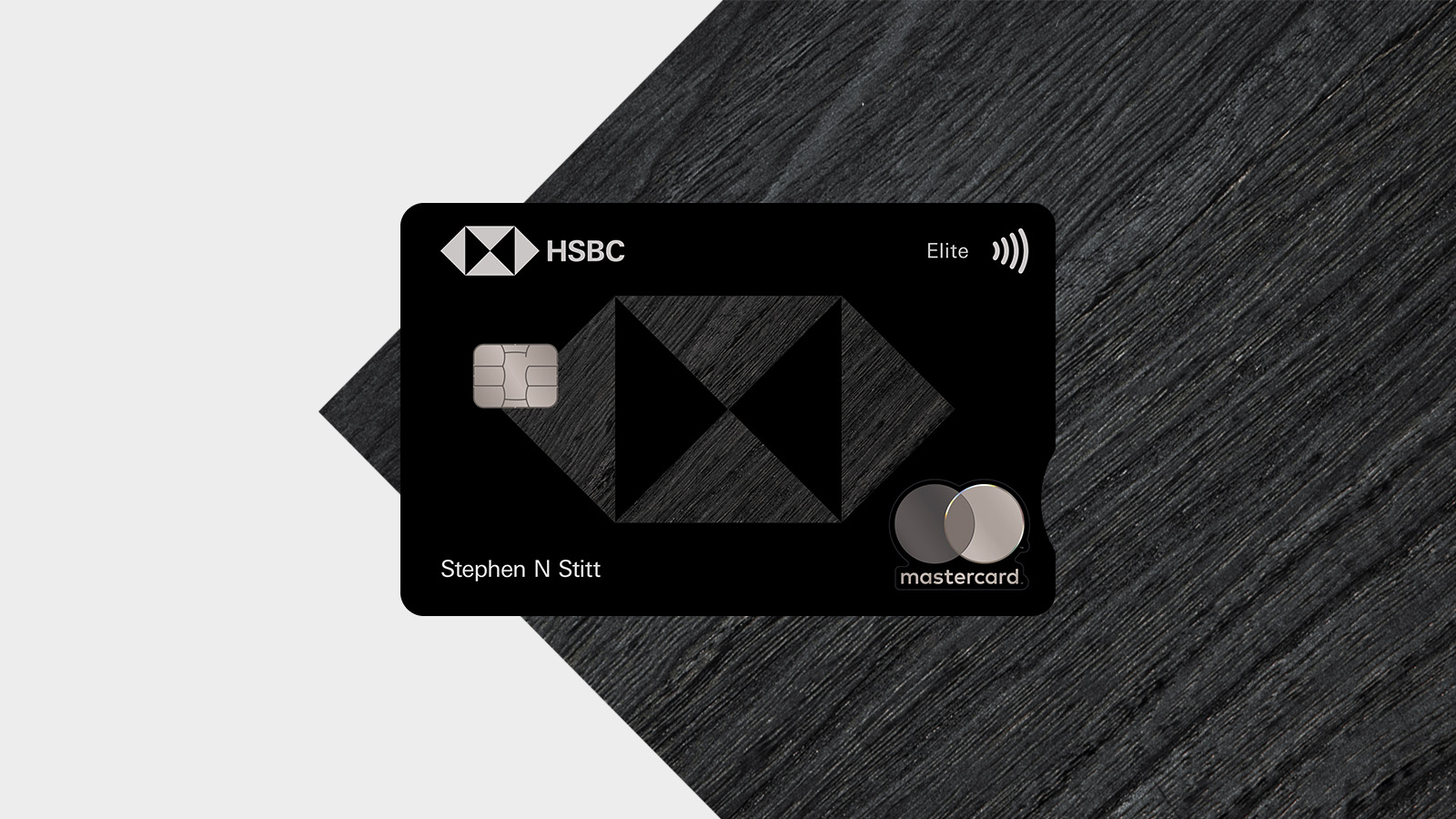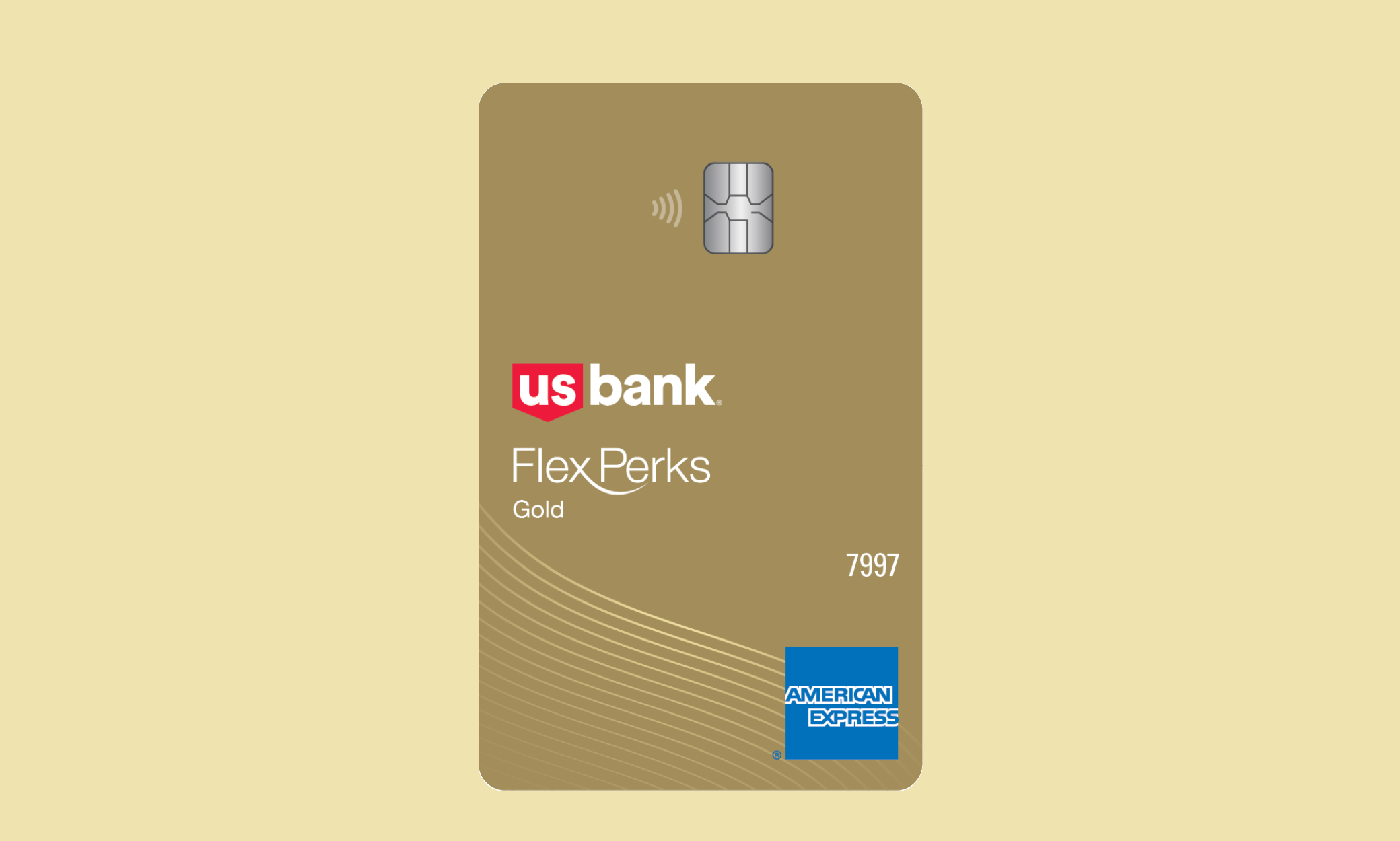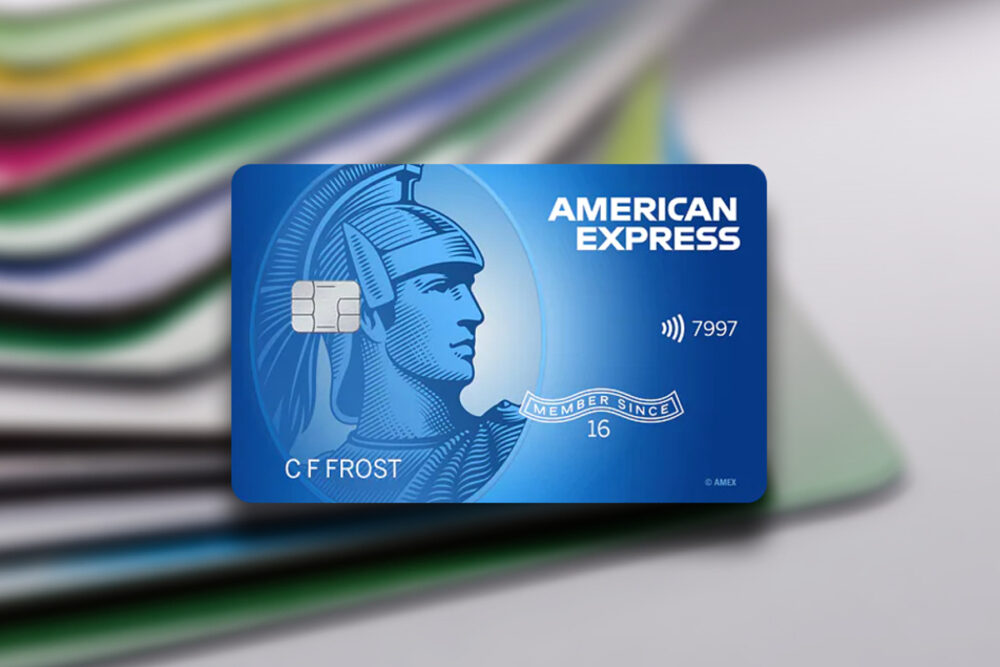How Mobile Payment Technology is Transforming Credit Card Usage

The Rise of Mobile Payments
The rapid advancement of technology has paved the way for significant changes in various sectors, with mobile payment technology leading the charge in the realm of personal finance. This innovation is not just about easel transactions; it speaks to a deeper understanding of how our financial habits impact our daily lives and future. As we adopt these technologies, we are not only changing the way we pay but also how we perceive and manage our finances.
With mobile payments, consumers have unlocked a treasure trove of benefits that cater to their evolving lifestyles. One of the most significant advantages is speed. Imagine walking into your favorite coffee shop, ordering your usual, and paying instantly through your smartphone—within seconds, the transaction is complete. This efficiency reduces wait times and enhances customer experiences across various platforms, from retail outlets to e-commerce sites.
In addition to speed, the accessibility offered by mobile payment technology is remarkable. Users can store multiple credit and debit cards within a single application, such as Apple Pay or Google Pay, eliminating the hassle of rummaging through a bulky wallet. This ease of access is especially beneficial in today’s fast-paced world, where convenience is paramount. For instance, a weekend out with friends can turn into a seamless payment experience, whether you’re splitting the bill at a restaurant or buying tickets for a concert—all handled through your smartphone.
When discussing the security of mobile payments, it’s essential to emphasize the advanced technologies that protect users. Biometric authentication, such as fingerprint and facial recognition, coupled with robust encryption methods, creates a barrier against fraud that traditional card payments often lack. The assurance that your transactions are safeguarded empowers users to embrace these technologies with confidence, allowing for smoother and safer financial interactions.
This technological shift not only simplifies our purchasing power but also encourages a more conscious approach to spending. As credit cards and mobile platforms become increasingly intertwined, consumers gain valuable insights into their spending habits. Many apps now provide analytics that can track expenditures, categorize spending, and prompt users to stay within their budgets. This feature fosters a culture of financial awareness and accountability, making it easier for individuals to manage their finances wisely.
Ultimately, the advent of mobile payment technology is not just transforming how we transact; it is nurturing a more informed and responsible generation of consumers. As you embrace these innovations, remember that each transaction is an opportunity to be mindful of your financial choices. Let this journey toward smarter spending begin, empowering you to take control of your financial future.
DON’T MISS: Click here to learn how to apply
The New Dynamics of Consumer Spending
As mobile payment technology continues to flourish, it fundamentally shifts the dynamics of consumer spending. Credit cards, once the primary method of transaction for many, are now evolving within the mobile ecosystem. This transformation prompts consumers to reevaluate not only how they pay but also how they perceive value and convenience in their spending habits.
One of the most striking changes brought about by mobile payment technology is the democratization of payment methods. Historically, credit card usage often required a certain level of creditworthiness and financial understanding, making them inaccessible to some consumers. Mobile payment platforms have ushered in a new era where digital wallets, linked to a myriad of payment sources—from bank accounts to prepaid cards—allow consumers to bypass traditional barriers. This accessibility encourages a more inclusive financial landscape, especially among younger consumers who are accustomed to digital interactions.
Moreover, this transformation is making spending more tangible. With mobile apps providing detailed insights into transactions, users can see their available balance and spending patterns in real-time. This instant visibility creates a heightened sense of financial awareness. For example, when users realize that their daily coffee habit adds up significantly over the month, they may reconsider their spending choices and opt for brewing coffee at home instead. This shift not only impacts individual financial decisions but also encourages a culture of mindfulness that extends beyond mere transactions.
- Enhanced budgeting: Many mobile payment apps come equipped with budgeting features that allow users to set spending limits and receive alerts when nearing those limits. This direct involvement in monitoring expenditures fosters a proactive approach to financial health.
- Reward optimization: Mobile payment solutions often include loyalty programs and rewards that encourage users to maximize the benefits of their credit cards. By utilizing the analytics provided, users can choose which card to use for specific purchases, ensuring they reap the most rewards possible.
- Transparency in fees: Mobile payment applications typically highlight any associated fees, allowing users to make informed decisions. This transparency reduces the chance of unpleasant surprises that can often accompany traditional credit card transactions.
As consumers become increasingly adept at navigating this new financial horizon, they are empowered to make more conscious choices about their spending. This empowerment is not just about saving money; it’s also about cultivating a lifestyle that values financial health and sustainability. When consumers feel in control of their finances, it often translates to increased confidence in managing lifelong financial goals.
In conclusion, the advent of mobile payment technology is reshaping credit card usage by fostering a culture of awareness, accessibility, and informed decision-making. As we embrace this evolution, we must remind ourselves that every financial transaction is an opportunity to practice more responsible living. By tapping into the power of mobile payments, we can build a future grounded in financial savvy and resilience.
DISCOVER MORE: Click here for valuable insights
Empowering Users Through Security and Control
As mobile payment technology becomes increasingly adopted, another transformative aspect is the enhanced security it offers. Traditional credit cards are often vulnerable to fraud and data breaches, which can leave consumers feeling exposed. In contrast, mobile payment platforms employ sophisticated security measures such as tokenization, biometric authentication, and encryption, creating a robust framework that protects sensitive financial information. By integrating features like facial recognition or fingerprint scanning, these apps provide users with a sense of security that traditional credit cards cannot match.
This heightened security leads to a greater sense of trust in the digital payment experience. Consumers are more likely to use mobile payments when they feel their information is secure. For example, the use of virtual cards—temporary card numbers generated for online purchases—ensures that even if a merchant’s data is compromised, the user’s main account remains safe. This confidence encourages more frequent use of mobile payment solutions, allowing users to engage with their finances more openly and frequently.
Furthermore, mobile payment technology empowers users with unparalleled control over their transactions. Many apps offer functionalities that allow users to set spending limits, track their purchasing habits, and even freeze their accounts in case of suspected fraud. This ability to manage one’s finances directly from a smartphone introduces a new level of autonomy in personal finance. For instance, if a user notices an unauthorized transaction, they can quickly take action, mitigating potential losses before they escalate.
- Instant notifications: Mobile payment apps often send real-time alerts for transactions, allowing users to quickly recognize potential fraud. This immediate feedback loop not only increases security but also encourages users to monitor their spending diligently.
- Customized financial advice: Some advanced mobile payment platforms are beginning to integrate artificial intelligence that provides personalized spending insights, helping users make informed decisions based on their habits and financial goals.
- Charitable giving: The convenience of mobile payments also extends to philanthropic efforts. Many apps allow users to easily donate to causes they care about directly from their payment interface, fostering a culture of giving.
This sense of empowerment fuels a connection between technology and thoughtful financial management. As users harness these tools, they are not merely observing their financial landscape; they are actively participating in and shaping their economic narratives. For example, individuals may find that they can use their newfound awareness and control to allocate funds toward savings, investments, or even pay down debt more effectively.
The intersection of convenience and security through mobile payment technology is also sparking a shift in consumer expectations. Today’s shoppers anticipate seamless experiences that align with their daily lives. They expect to use their mobile devices to make purchases effortlessly, whether at a checkout counter or while shopping online. As retailers adapt to these preferences, the blend of credit card and mobile technology is forging a new standard in customer service, pushing businesses to innovate and redefine how they approach payment processing.
With this evolution, consumers find themselves not just adapting to a new payment method but actively engaging in a movement toward smarter spending. The future of finance lies in this empowerment journey, challenging individuals to take charge of their financial wellbeing in an increasingly digital world.
DISCOVER MORE: Click here to learn how to apply
Transforming the Future of Finance
In conclusion, the rise of mobile payment technology represents a revolutionary shift in the way consumers engage with their finances, fundamentally altering the landscape of credit card usage. With enhanced security features and greater consumer control, mobile payments not only address the vulnerabilities associated with traditional credit cards but also create an environment where users feel empowered to take charge of their financial journeys. This technology not only fosters trust through robust protective measures, such as biometric authentication and virtual cards but also encourages responsible spending through real-time tracking and personalized insights.
As businesses adapt to these advancements, we see a new standard emerge in customer experience, where seamlessness and convenience are paramount. Today’s consumers are not just passive participants; they are active contributors shaping a more informed and intentional approach to spending. The ability to monitor transactions instantly and manage finances directly from a smartphone cultivates a sense of financial literacy that was once more cumbersome with traditional banking methods.
The empowering nature of mobile payments extends beyond mere transactions; it encourages a holistic view of personal finance, fostering habits that pave the way for better savings, investments, and charitable contributions. As we stand on the cusp of a more digitally driven financial future, it is vital for individuals to embrace these tools, paving the path toward enhanced decision-making and economic resilience.
In this transformative journey, let us harness the potential of mobile payment technology to not only navigate our spending but to also contribute positively to a financially conscious society. The future is bright, and our financial empowerment awaits!



